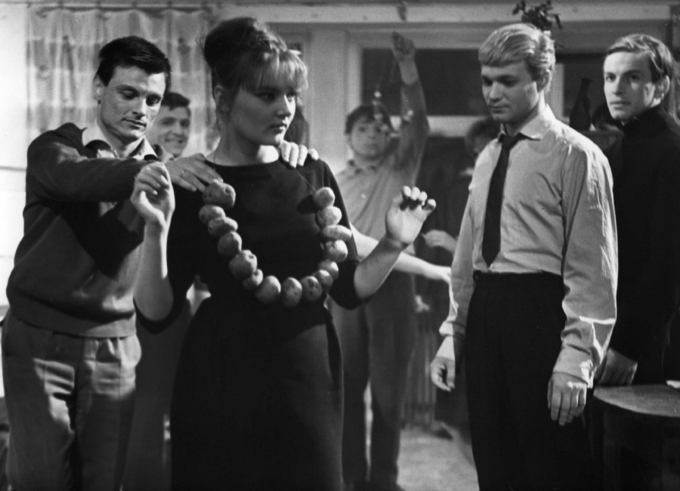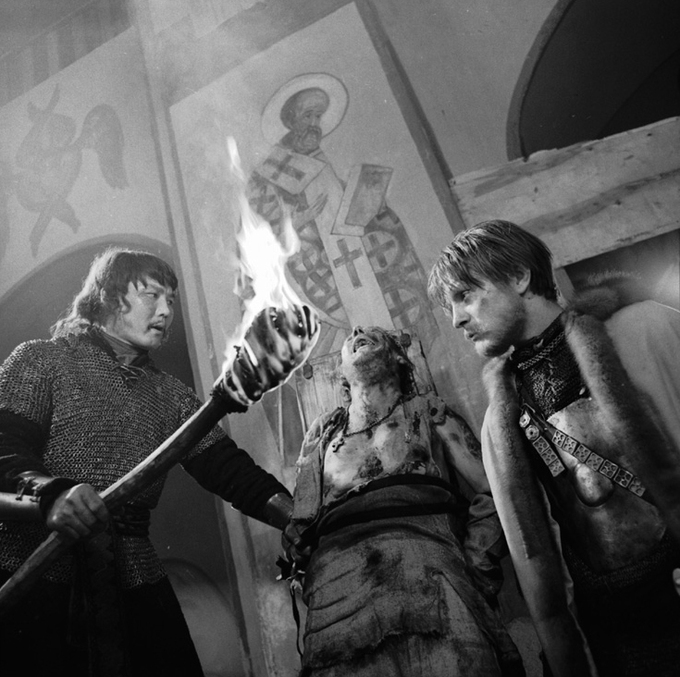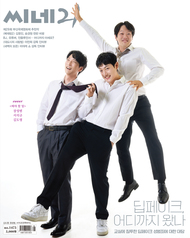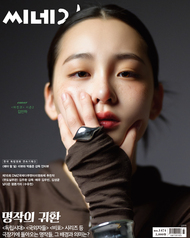이제 소비에트 연방은 역사 속으로 사라졌다. 하지만 그 시기에 만들어진 소비에트 영화들에 대한 국제적 관심은 90년대 이후 계속 높아져 왔다. 예컨대 칸, 베를린, 베니스, 로카르노를 비롯한 유수의 영화제들은 뒤늦게나마 각종 수상과 회고전을 통해 오랫동안 미지의 영화로 남아 있던 소비에트의 걸작들을 발굴하는 데 힘써 왔다. 그런 뜻에서 제7회 전주국제영화제에서 마련한 특별전 '저항의 알레고리 : 소비에트의 금지된 영화들'은 국내외 영화인들과 관객들에게 매우 뜻 깊은 자리가 아닐 수 없다.
전주국제영화제를 통해 국내에 처음 소개되는 10편의 영화는 흐루시초프의 유명한 스탈린 우상주의 파괴 선언에 따른 해빙 정책에 힘입어 소비에트영화가 그 미학적 절정에 달했던 60년대 초에서부터 고르바초프의 개혁개방정책이 펼쳐지기 전인 80년대 중반까지 25년여에 걸쳐 만들어진 것들로서 그야말로 “혁명 속의 혁명영화”라 불릴만한 걸작들이다.
그러나 안타깝게도 대부분이 소비에트 중앙 정부로부터 상영금지를 당하거나 상영이 보류되어 오랫동안 지하에 묻혀 있어야 했다. 이 작품들은 80년대 말에 이르러서야 그 존재가 공식화되고 대중들에게 공개될 수 있었다. 스탈린 치하의 소비에트 영화는 30년대부터 당에 의해 공식적으로 채택된 사회주의적 리얼리즘의 틀 안에서 만들어졌으며 이를 벗어날 경우 검열에서 통과하기란 거의 불가능에 가까웠다.
그러나 60년대 초 해빙기를 맞으면서 변화의 조짐이 보이기 시작한다. 특히 이탈리아 네오리얼리즘과 프랑스 누벨바그의 영향을 받은 60년대의 젊은 감독들을 중심으로 낡고 구태의연한 제도권 영화에 도전하는 새로운 미학의 작품들이 수면 위로 떠오르기 시작했다. 비단 영화뿐 아니라 문학, 음악, 미술 등에도 전문가적 식견을 지니고 있던 이들 감독들은 검열의 통제에서 벗어나기 위해 메타포와 알레고리를 이용한 ‘은밀한 저항영화’를 만들었다. 하지만 이들의 시도는 결국 검열의 감시를 벗어나지 못하고 심하게 삭제되거나, 창고의 선반 위에 올려지거나 그도 아니면 지하로 사라지기에 이르렀다. 80년대 후반, 소비에트 영화인 총회의 복원 작업으로 과거에 금지되었던 2백 50여 편의 영화가 빛을 보게 되었고 이번 특별전에서 상영되는 10편의 작품도 이에 속한다.
소비에트 내에서 새로운 영화세대의 탄생을 알린 마를렌 후치예프의 <나는 스무 살>은 60년대 해빙의 분위기를 가장 빠르게 영상에 담아낸 작품이다. 하지만 이 영화를 본 흐루시초프는 이 영화가 사회에 백해무익한 젊은이들을 지극히 패배주의적 방식으로 묘사하고 있다며 분노를 터트렸고 즉각적인 삭제를 지시했다. 러시아의 거장감독으로 꼽히는 안드레이 타르코프스키의 세기적 대작 <안드레이 루블료프>는 당대 평론가들의 열렬한 찬사에도 불구하고 러시아의 중세를 지나치게 어둡고 그로테스크하게 묘사했다는 이유로 검열당국의 비위를 건드렸다. 결국 4년 동안 상영이 금지되었다가 1969년 칸영화제에 가까스로 초청되어 심사위원 특별상을 받았지만 수상에 분개한 소비에트 대표단은 말없이 자리를 떠났다.
최근 러시아 평론가들이 “러시아 영화사상 최고의 작품” 가운데 하나로 꼽은 바 있는 알렉세이 게르만의 <체크 포인트>는 2차 대전에서 승리를 거둔 소비에트 군대의 명예를 훼손했다는 이유로 상영금지를 당했으며 감독은 15년 동안이나 프린트를 자신의 침대 밑에 감춰두어야 했다.
수난의 역사는 이 정도에서 그치지 않는다. 탄압의 역사를 상징적으로 웅변하는 인물로 꼽히는 세르게이 파라자노프는 작품의 시적인 스타일과 노골적으로 정부를 비판하곤 했던 그의 태도 때문에 소비에트 당국의 분노를 샀고 결국 각종 날조된 혐의로 기소, 수감되기에 이른다. 그의 모든 영화는 상영이 금지되었다. 타르코프스키, 오타르 이오셀리아니, 안드레이 콘찰로프스키가 망명길에 오를 때 그는 고국에 남았고 역경 속에서도 작품을 만들고자 애쓰다 소비에트 연방의 해체 직전(1990년) 세상을 떠났다.
Soviet Union is now an old history. However, the international interest towards the films from the era has grown since 1990s. For instance, major international film festivals such as Cannes, Berlin, Venice, and Locarno have been making efforts discovering master films from Soviet Union by awarding prizes and arranging retrospectives. In that sense, "Allegories of Resistance: The Forbidden Films of the Soviet Union" section that will be exhibited at the 7th JIFF is meaningful to many domestic and international audience.
The 10 master films to be introduced in the section get to meet the domestic audience for the first time. These films are the genuine revolutionary ones which were made during the 25 years, between 1960s- when the Soviet Union film was at its highest aesthetics, thanks to the thawing policy that followed Khrushchyov's declaration of Stalin idolism destruction - and 1980s - right before the Gorbachev's Glasnost and Perestroyka. These films have been forbidden by the government until the late 1980s and finally screened officially afterwards.
Soviet films under the Stalin government were limited to the standardized form of socialistic realism since 1930s, otherwise they were impossible to pass the censorship. However, things started to change with the thawing society of 1960s. Young directors who were influenced by Italian Neorealism and French New Wave began making new aesthetic films opposed to the old systemized films. The young film directors who were also knowledgeable in literature, music and art made 'covert resistance films' using metaphors and allegories but their films were mostly cut off, didn't pass the censorship or just disappeared. In late 1980s, those forbidden 250 films were finally saved by Soviet Union Film Committee, and the 10 films that will be screened at JIFF are part of them.
Marlen Khutsiev’s <I am Twenty>, which declares the birth of a new film generation in Soviet, was the first one to show the thawing of the Soviet in the 1960s. However, Krushchyov ordered immediate removal of this film, enraged that it describes the youth in an ignominious way. Andre Tarkovsky is known as the master of directors in Russia. Although his film, <Andrei Rublyov> was praised by many critics, it was censored on the grounds that it portrays the medieval times of Russia grotesquely and dark. It was prohibited from screening for 4 years and was finally awarded the Jury Special Prize after it was invited to the 1969 Cannes Film Festival. Alexei German’s <Check Point>, which has been recently decided as “the best film in Russia’s film history”, was also prohibited from screening for 15 years under the reason that it demeaned the honor of the Soviet Army, who won the 2nd World War. The print had to be hidden under his bed for 15 years. The suffering did not stop here. Sergei Paradjanov was known for expressing the history of suppression through symbolism. However, his frankness in criticizing the government resulted in prosecution and imprisonment under fabricated accusations. All of his movies were censored. When Tarkovsky, Otar Iosseliani and Andrei Konchalovsky left the country as exiles, Paradjanov stayed behind trying to make films in hard times. He died just before the disbandment of the Soviet Union (1990).





